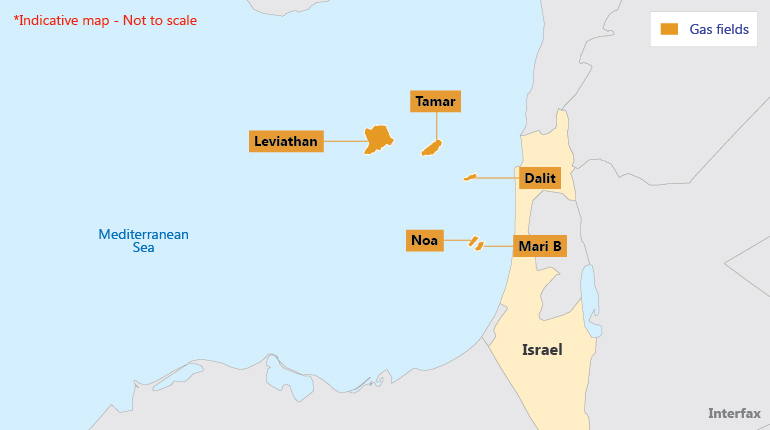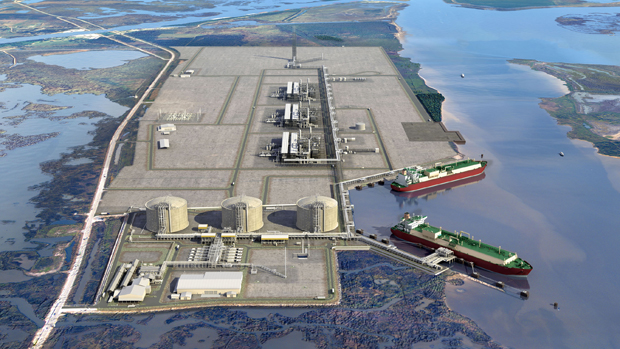Highlights
- Total demand growth from the top Asian markets is expected to be around 2% in H1
- Strong regional output is keeping markets balanced
- Sharp drops in March LNG imports will pull down total H1 imports in Northeast Asia
- Spot LNG prices are lingering below $7.5/MMBtu
Economic overview
China’s economic growth will be below 7% in 2015 and could slow further in 2016.
China’s GDP expanded by 7% on an annual basis in Q1 2015, compared with 7.3% in Q1 2014. This marks the lowest annual growth for any quarter since 2009. Growth is expected to remain constrained in 2015 as a whole, at 6.8%, and may be limited to 6.3% in 2016, according to the latest outlook from the International Monetary Fund. China’s manufacturing PMI was 50.1 in April, the same as in March. While this indicates expansion, it is only just high enough to do so. Reduced economic growth could limit the upside in gas consumption this year. Gas demand growth in China in H1 is expected to be lower than during the same period last year.
GDP Outlook - Asia Pacific
| 2013 | 2014 | 2015 | 2016 | |
|---|---|---|---|---|
| Japan | 1.6% | -0.1% | 1.0% | 1.2% |
| China | 7.8% | 7.4% | 6.8% | 6.3% |
| India | 6.9% | 7.2% | 7.5% | 7.5% |
| ASEAN 5* | 5.2% | 4.6% | 5.2% | 5.3% |
Although the outlook for Japan’s GDP growth is for continued improvement this year and next, there are signs this stability may be under threat. The Bank of Japan lowered its price projections at the end of April and its 2% inflation target has also been delayed – it is now expected to be reached in Q2 or Q3 2016. The value of the yen fell during H2 2014 and remains low, reducing the benefit felt from the fall in LNG import prices. However, the pattern of increased LNG offtake seen so far this year looks set to continue.
Downward trends in China’s economic output and weak growth in Japan could have knock-on effects in the region.
Log in to continue reading...
To continue reading this article, you must have an active subscription. By logging in or signing up for a free trial, you are agreeing to our terms and conditions, privacy policy and cookie policy.



